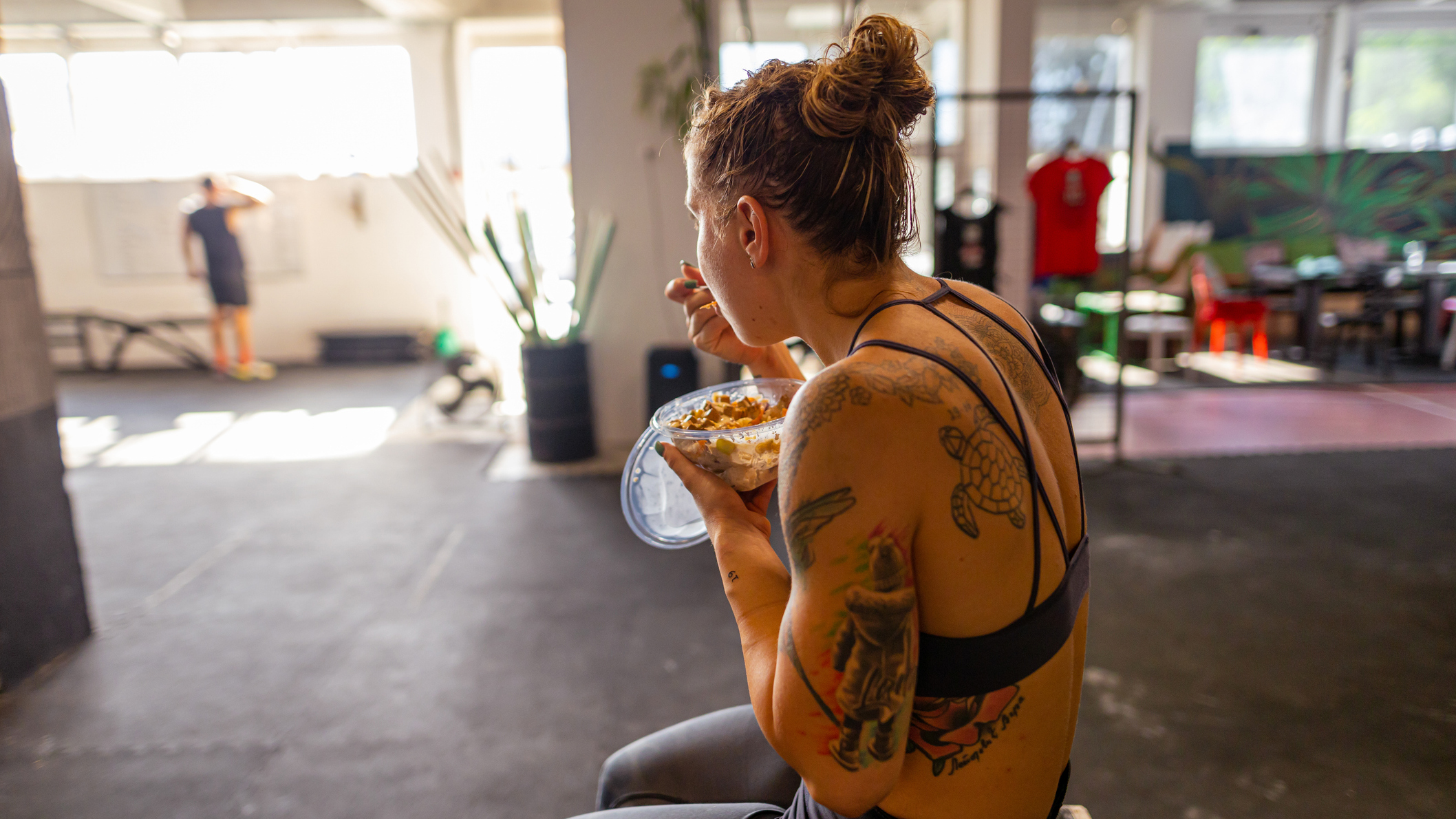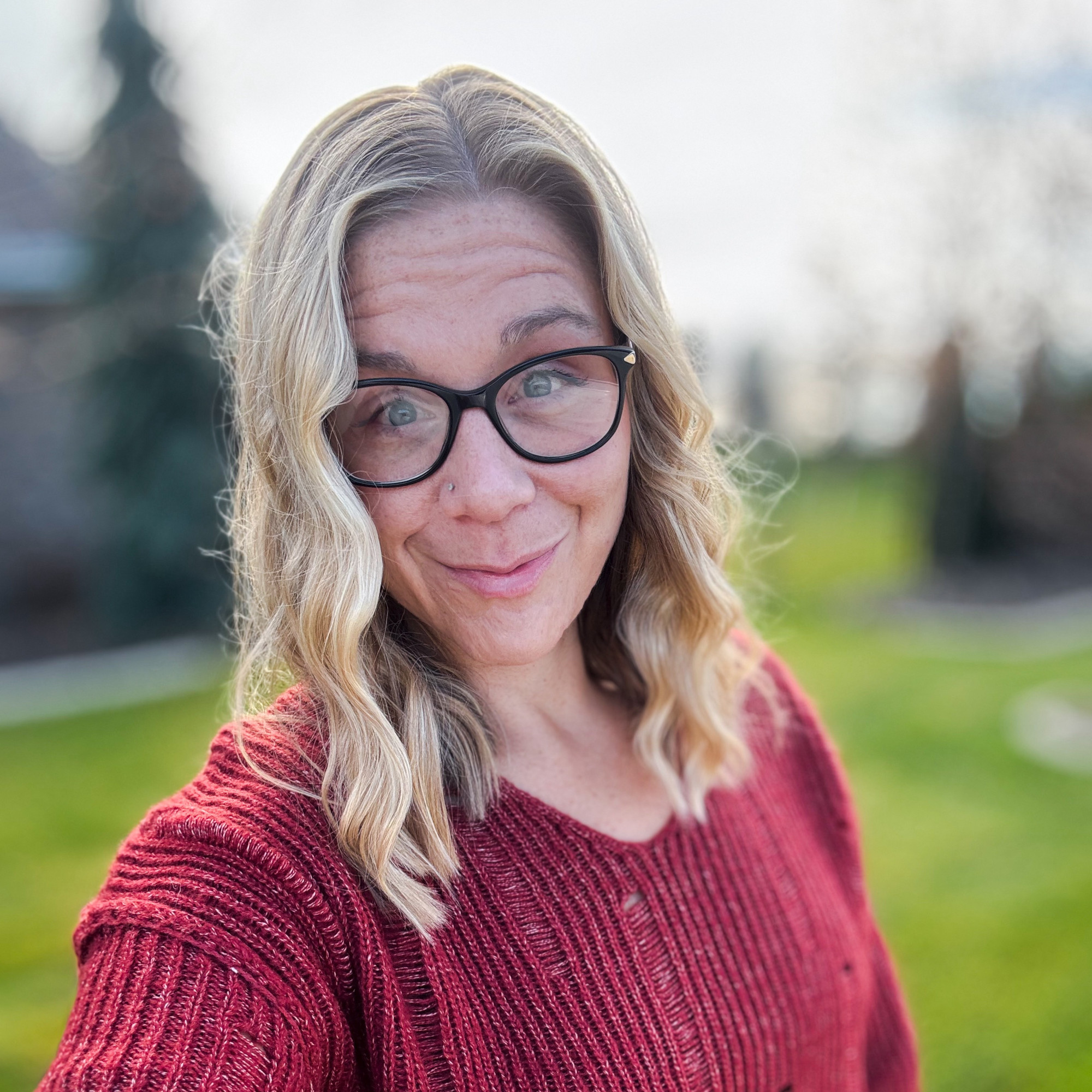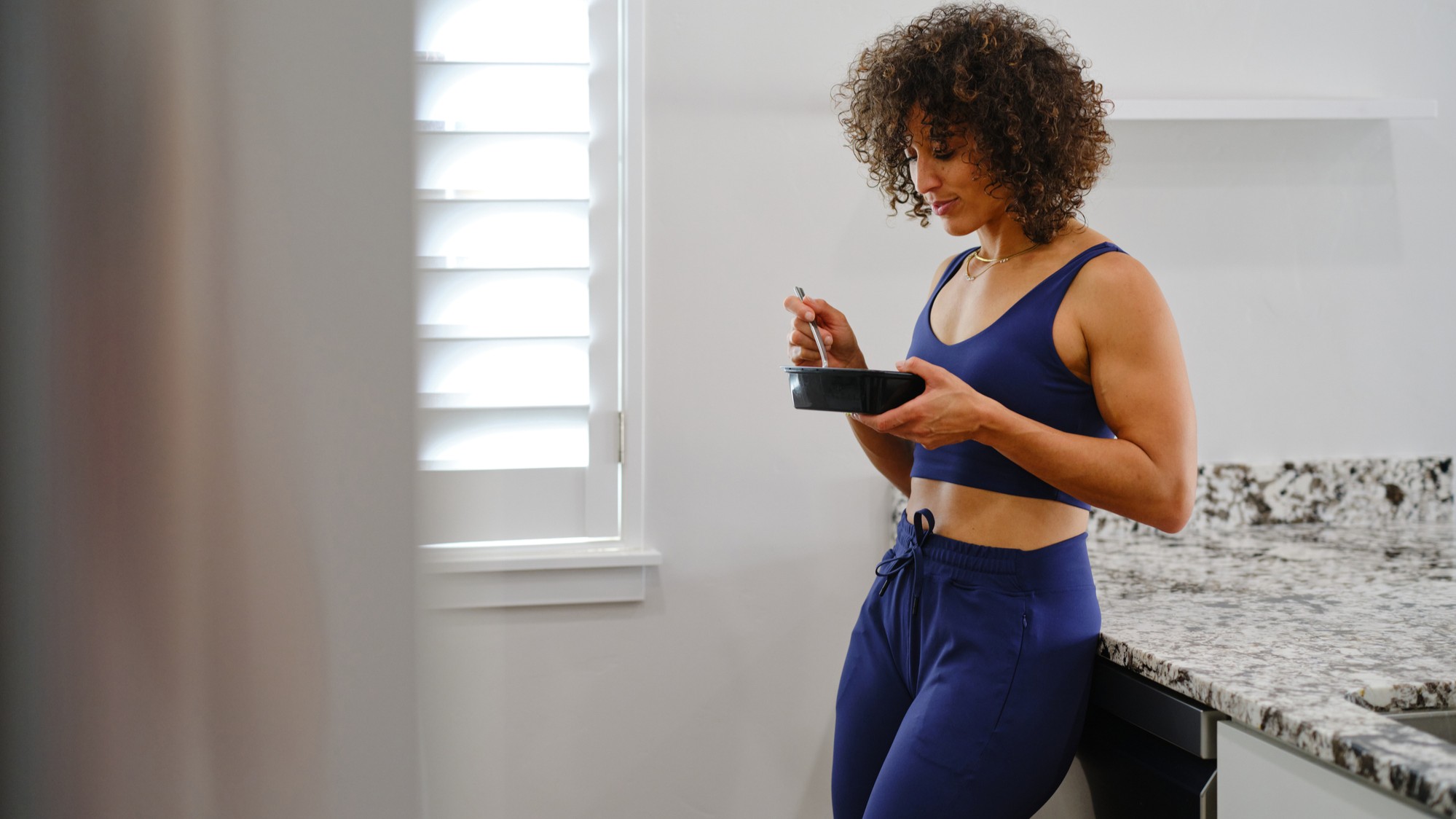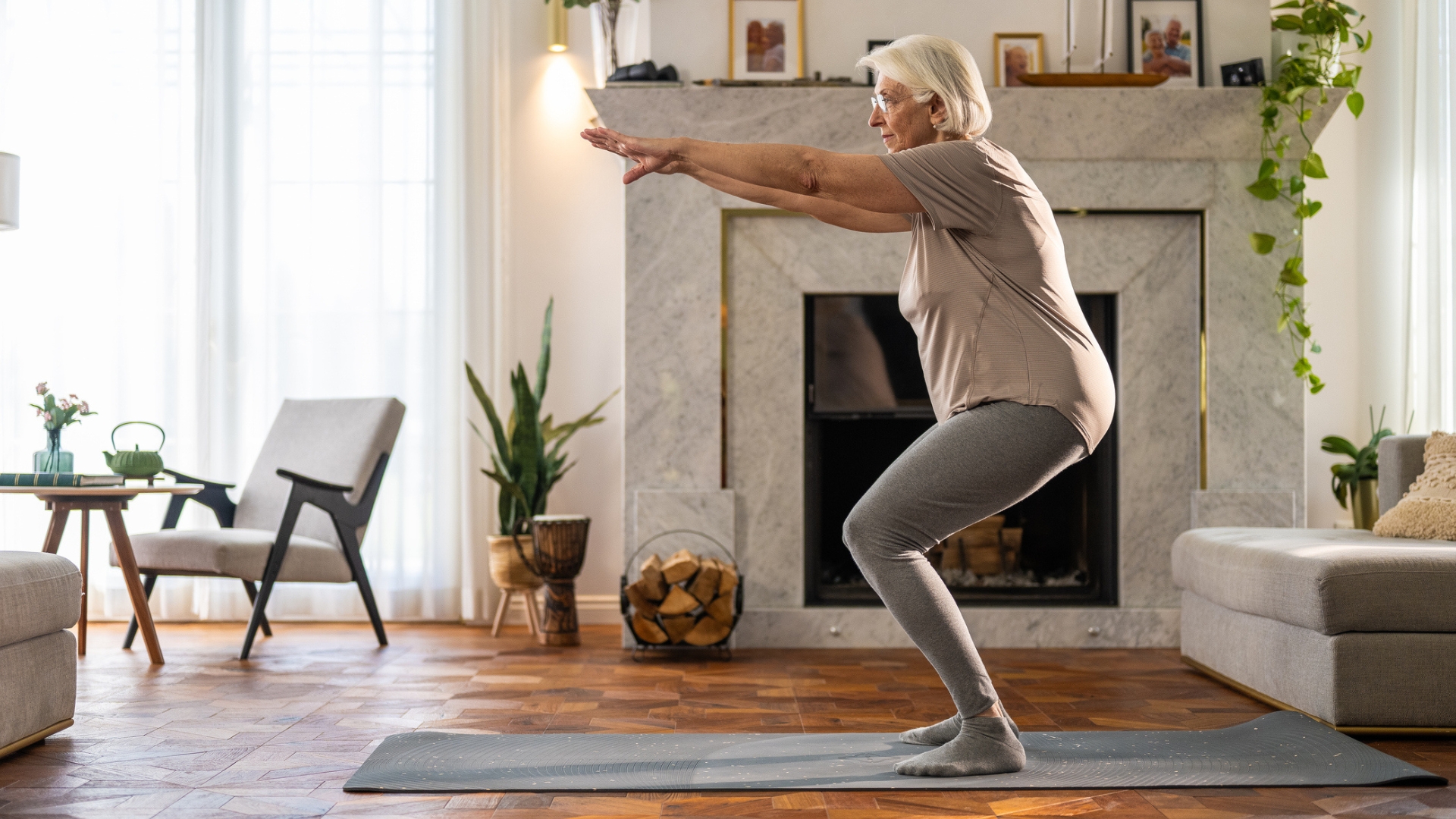I had to learn to eat like an athlete after a major weight loss—here's how my diet changed
I started focusing on what to eat more of instead of what to eat less of


After being overweight my whole life and losing, then regaining, 100lbs, I set out on a mission to drop the weight I had gained back and fell in love with fitness in the process. Initially, I just wanted to lose weight to look and feel good, but ultimately I turned into an athlete.
I lost 100lbs in one year and started training for an obstacle course race as I hit my weight loss goal. I loved the obstacle course race so much that I committed to do more and eventually became a competitor in the sport.
When I started working with a running coach, she quickly noticed that I didn't have the healthiest relationship with food. Two years into weightloss maintenance I was still meticulously tracking calories and fixating on what I couldn't and shouldn’t eat, and it was hindering my progress.
Changing my mindset from losing weight to fueling workouts was incredibly challenging but having the proper guidance and motivation to make these changes was very helpful. Ultimately I am very thankful that I had a well-educated running coach, and eventually, a sports dietitian, on my side who could guide and encourage me through the process.
Here's how my diet changed.
Counting calories was out and listening to my body was in
One day my coach was very blunt with me. "Look," they said, "you have to stop eating like someone trying to lose weight and start eating like an athlete if you want to get the most out of your training."
I had been so fixated on restrictive eating that I wasn't giving my body the calories it needed to fuel the amount and intensity of training that I was doing. I dived into books, podcasts and research to understand what exactly this meant and realized I had to make a lot of changes to my diet. The first being that I needed to stop counting calories and instead listen to my body's hunger cues.
Get the Fit&Well Newsletter
Start your week with achievable workout ideas, health tips and wellbeing advice in your inbox.
Previously off-limits foods became highly encouraged
This meant that I had to throw out the idea of off-limits foods. I'd gotten into the habit of avoiding most fats which meant I wasn't eating things like nuts, olive oil, egg yolks and full-fat dairy which can be beneficial when you're training hard.
I slowly started incorporating these types of foods back into my diet along with sugar. Fueling before, during and after runs is important but I wasn't doing it. I had to train my brain to be okay with eating running gels (basically sugar packets) to fuel my workouts. This was hard for me but helped immensely with my progress once I did it.
Planning meals looked different but was still necessary
While I no longer needed to weigh every ounce of food and meal prep low-calorie meals and snacks ahead of time, I still needed to plan. I had previously avoided eating after a workout but found that I needed to start planning higher-calorie and protein snacks that I could eat after a workout. I also needed to make sure I was rehydrating with electrolytes.
Where I had previously limited my carb intake, I had to plan double portions of carbs to replenish my glycogen stores for quick recovery from hard workouts and fuel for future ones.

Amber is a health and fitness writer and enthusiast, writing for ACTIVE, MarathonHandbook, BarBend and others. Her own health and fitness journey of losing 100 pounds motivated her not only to inspire others through written content but also to become a UESCA-certified running coach. She is a competitive obstacle course racer, trail runner and hybrid athlete. Amber has competed in multiple Spartan events, and has also completed an ultramarathon and a women's pro-HYROX event.
-
 Put down the protein shake—this high-protein chicken and rice recipe is a better way to refuel after a workout
Put down the protein shake—this high-protein chicken and rice recipe is a better way to refuel after a workoutAnd it only takes 10 minutes to make
By Lou Mudge
-
 The three Pilates exercises every beginner should start with, according to an expert instructor
The three Pilates exercises every beginner should start with, according to an expert instructorA sequence that will take you no more than 10 minutes
By Alice Porter